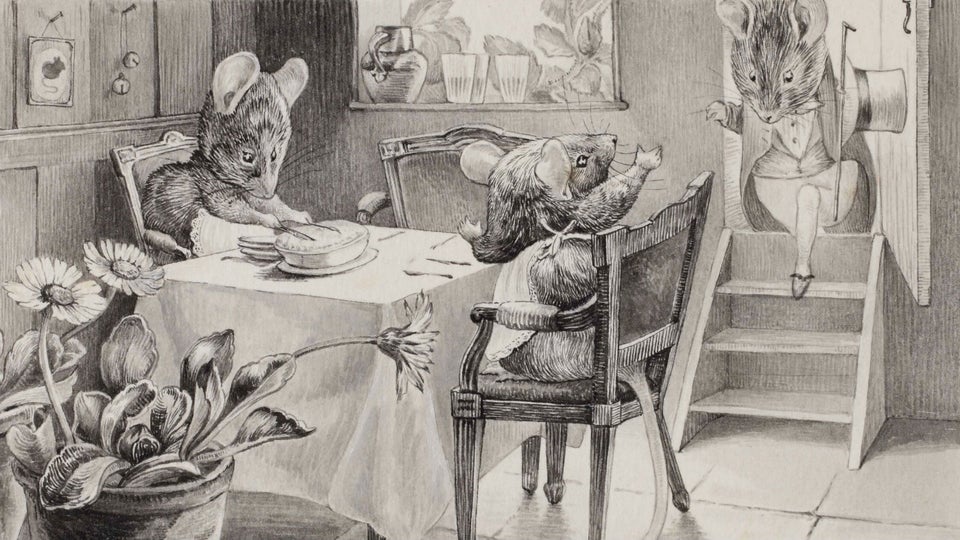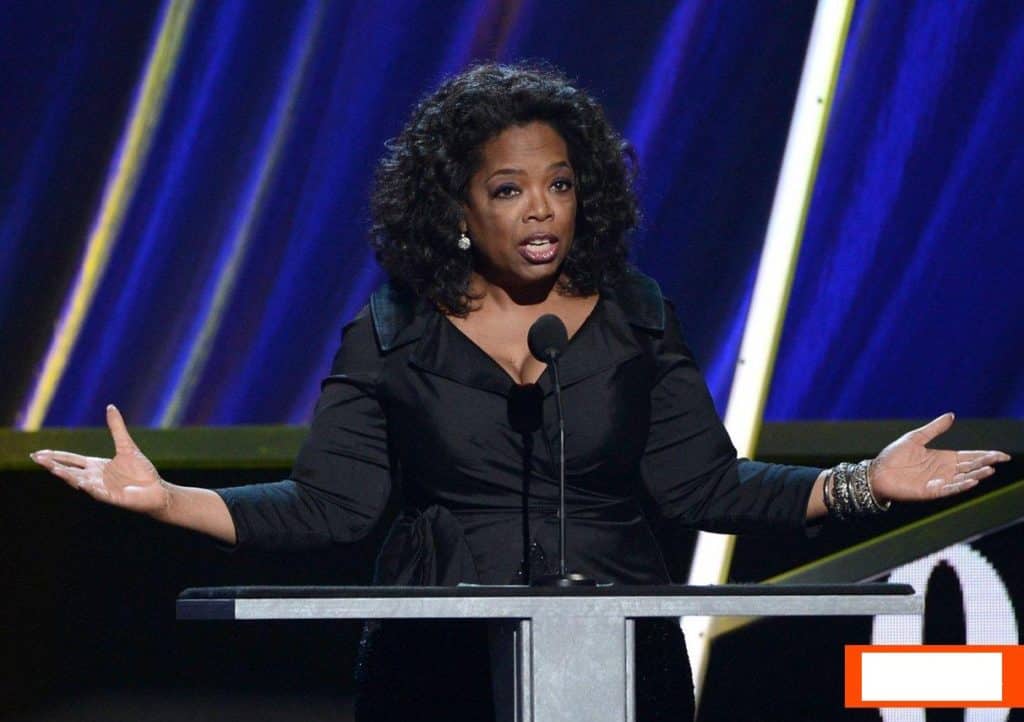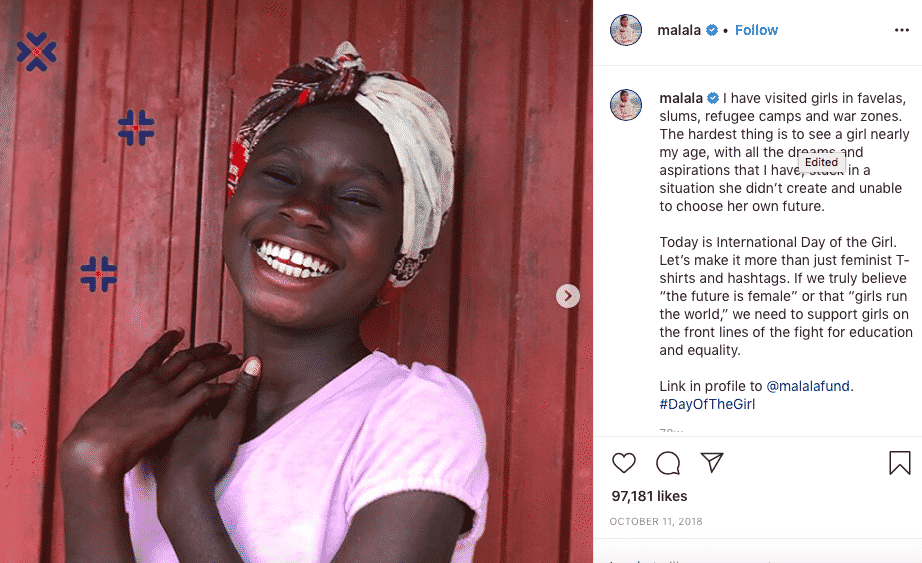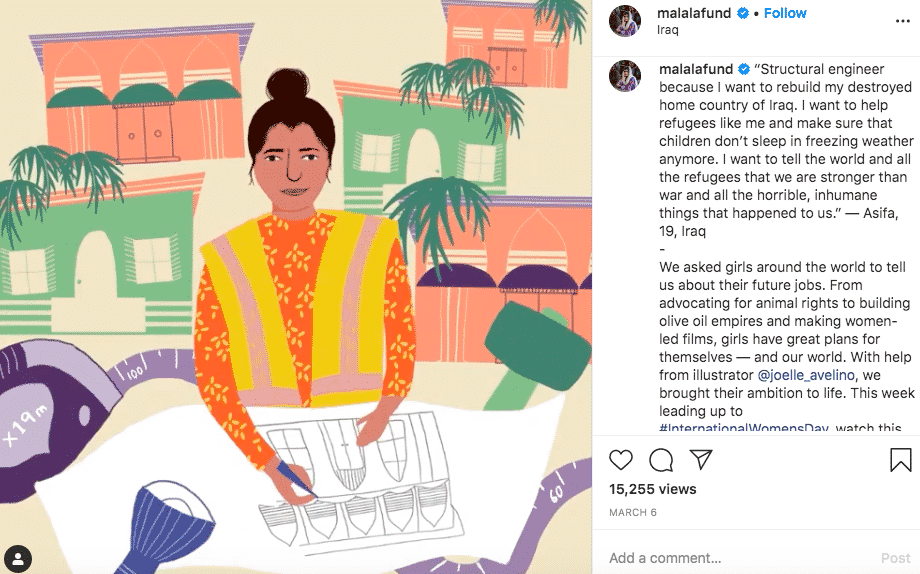8 Famous Female Storytellers Worth Obsessing Over
Female storytellers are everywhere, ranging from proclaimed authors and high flying business owners to mothers, sisters, and friends. Yet despite this prevalence, I was shocked when I saw the male-centered list Google presented me with after searching “Top Female Storytellers.’ And so, in an effort to remedy what I consider to be a miss-representation of these silver-tongued women, I have compiled a list of 8 women who employ storytelling in a variety of forms and styles.
Stories have been used in every culture since the birth of humanity. We see them in our ads, we read them in our books, we watch them in films and we tell them to our friends and family. There are a variety of storytelling styles such as prose, speech, visual art… But still, it was only in 2010 that Katheryn Bigelow became the first female director to win an Oscar. It isn’t that women are any less talented storytellers (I know this for a fact because the juiciest stories I’ve heard in my life have always been transmitted by women), but it seems to be that women haven’t been given the platform or opportunity to tell their tales.
Let’s explore 8 women who use a variety of techniques and styles in their storytelling.
Sheryl Sandberg & Her Raw Honesty
“True leadership stems from individuality that is honestly and sometimes imperfectly expressed….Leaders should strive for authenticity over perfection.”
Source: Stanford Graduate School of Business
Sheryl Sandberg, author of Lean In and COO of Facebook uses storytelling throughout her talks in order to allow the audience to understand both who she is and what points she is making. Each story is poignant and well placed. In her story-filled TED Talk, Sandberg brings the audience in with anecdote after anecdote.
- She makes the story personal and offers a unique and intimate insight into who she is.
- She gives her characters clear features and a strong sense of identity to allow easy visualisation.
- Each of her stories makes use of a simple, straightforward structure to emphasize points.
- She employs light humour and a healthy dose of humility, presenting herself as a relatable figure and someone far more accessible to emulate than other impossibly successful individuals.
- Her tone is entertaining and she plays around with pace and rhythm when speaking.
Her use of storytelling not only makes her speech relatable and easy to understand but welcoming. There is a connection made through the talk, as her honestly leaves the audience feeling like they know who Sandberg is and what it is that she stands for.
Tig Notaro & Her Contrasting Use of Comedy
“Stand-up is very broad strokes, kind of a skeleton of a story or something.”
Photo Rich Fury/Invision/AP
Mostly known for her stand-up comedy, Tig Notaro is also an actress and activist.
She tells deep and personal stories and manages to create an immersive experience for her readers thanks to her wonderful use of humour throughout her narrative. It can be seen in her Moth Storytelling performance “R2: Where are you.” As a comedian, it makes sense that Notaro’s main key to storytelling, as seen in her performance at The Moth, is breaking up the narrative with humour. In doing so, she warms the audience up and creates an even darker contrast when eventually referring to darker material such as her mother’s brain hemorrhage.
Notaro’s comedic interludes in this incredibly personal story can be seen as a foil or antidote to the darkness we are really being confronted with.
Oprah Winfrey & Her Personal Connections
“I see all art as a complement to telling people’s stories. I’m in the storytelling business. I believe that the humanity that all of us share is the stories of our lives, and everybody has a story. Your story is as important as the next person’s story.”
Oprah’s power as a storyteller lies in her ability to connect to the individual and givepeople a platform to tell their own stories. Oprah has managed to reinvent the way stories can be told to the extent that the term “Oprahfication” was coined by the Wall Street Journal to describe “public confession as a form of therapy.”
Oprah, as a famous talk show host, managed to bring out the authentic and true stories people were holding in. Oprah has an ability to draw out the stories that matter the most, thanks to her uncanny ability to find a real connection. According to Insider, Oprah asked every single one of her interviewees one question: “Please tell me what your intention is,” in an effort to understand what it is that truly moves and motivates that person.
J.K.Rowling & Her Complex Characters
“You can have a very intense relationship with fictional characters because they are in your own head.”
Photography Debra Hurford Brown © J.K. Rowling 2018
J.K.Rowling, the world famous author, is known for her storytelling abilities worldwide with Harry Potter sales now topping 400 million. The author of the phenomenon conjured a whole world from scratch, inventing new sports with intricate rules, a menagerie of magical creatures, and even new words (some of which have found their way into modern dictionaries!). This creative mind seems to know no bounds, and her capacity to create a world that transcends age, gender and culture is a testament to her skill as a storyteller.
However, for me it is Rowling’s characters that represent the true jewel in her storytelling crown. The beauty of the characters that J. K. Rowling has developed is that they are never defined as simply good nor bad; they each are developed with intricate mannerisms and values. With the help of the Hogwarts houses, which each represent different defining traits, she manages to build and weave overlaying foundations to the complexity of each character. Oftentimes her characters are separated into four different defining traits by splitting them into houses.
Rowling’s multifaceted characters are complex and well developed, they draw the readers into the narrative and their internal struggles define the pivotal core moments throughout the books.
Maya Angelou & Her Poignant Words
“I’ve learned that people will forget what you said, people will forget what you did, but people will never forget how you made them feel.”
Photo Credit: the reader news, 2014
Maya Angelou is a storyteller known as one of America’s most acclaimed poet and author. The simplicity of her storytelling and her use of metaphors and similes have made her poetry and books accessible for all to understand.
Throughout her poems, Angelou uses repetition as a storytelling technique enabling the emphasis of points and making certain themes memorable. We can see this technique in use in one of Angelou’s most famous poem ‘Still I Rise” (which you can watch her perform Here), as she perfectly demonstrates the poignant and powerful use of repetition in storytelling. The beauty behind the repetition in this piece is that Angelou is setting a precedent of standing strong, we know that no matter what life will throw at her the poem’s constant is that she will rise. The recurring “Still I rise” echoes’ the struggles she has overcome and creates a mantra calling to fellow African Americans to they-themselves also rise.
Reese Witherspoon & Her Production Platform
“The next chapter of my life is focusing on creating opportunity for female storytellers. I think, we can’t change a society if we don’t see different perspectives on screen and I think it’s really important we hear women’s voices.” Reese Witherspoon Talking to Associated Press on her film Home Again.
Photo credit: Hello sunshine facebook page, 2020
The American actress and producer has in recent years been incredibly vocal about her passion to deliver female focused stories to the world. Aside from her extensive acting career and undeniable theatrical talent as a storyteller, Witherspoon has made it her mission to use her production platform to develop the stories of other female storytellers. Witherspoon started a production company, Pacific Standard, famously known for having produced: Big Little Lies, Gone Girl and Wild.
She also started Hello Sunshine, a media company whose mission is to change the narrative for women. The need for female-lead stories taking over Hollywood has been a long time coming, with a study done by the Bechdel Test website, analysing 8076 films and concluding that only 57.6% of films pass the Bechdel test. The test requires each film to :
- Have at least two [named] women in it
- Who talk to each other
- About something besides a man
So it is no shock that Reese has taken it upon herself to highlight more female focused stories and characters in our day to day narratives.
Malala Yousafzai & Her Name
“I am those 66 millions girls who are deprived of education, I’m not a lone voice. I am many and our voices are our most powerful weapons.”
Photo Credit: TORBJØRN KJOSVOLD/FMS/FLICKR USER STATSMINISTERENS KONTOR
The beauty and strength behind Malala Yousafzai’s storytelling is the bravery and honesty behind it. She took a stand even though her life was in danger corresponding with the BBC at the age of 11, speaking out about the changes that she was facing because of new political regimes in Pakistan.
Malala’s story gave a face and name to the struggle of thousands of other young girls. She became the bridge between Pakistan and the west, allowing people to hear of her daily struggles to receive an education. By showing the struggle of a real girl, she gave the oppressed young women a face and a name, essentially making the problem tangible and real.
Today Malala still uses her name as a platform to bring to light the story of hundreds of girls fighting for education, both through her personal Instagram @malala and the fund she has started @malalafund. Follow both accounts for a highly inspirational and a wholesome use of digital storytelling.
Beatrix Potter & Her Whimsical Drawings
“What heaven can be more real than to retain the spirit-world of childhood?”
Photo Credit: Illustration History Website AC April 2020
Beatrix Potter, the Victorian storyteller brought childhood fantasy and whimsy to life through the use of delicate watercolours which, as the National Trust describes, touched on both “fantasy and realism.” Her realistic sketches allow the ‘once upon a time’ to come to life through each animal wearing a pinafore or top hat. Her drawings were full of hidden treasures and meaning that created a greater link between story and imagination. She painted worlds and in doing so allowed children to explore new realms of possibility and creative storytelling.

These are just a couple of female storytellers who have, in their own style been leaders in their fields. I would love to hear who your favourite female storytellers are. Write a comment on anyone you admire, it would be wonderful to keep this list growing and expanding.
Want to Become a Better Storyteller?
Check out our in-company workshops. Together we’ll improve your storytelling and create a workshop adjusted to your needs and industry.


